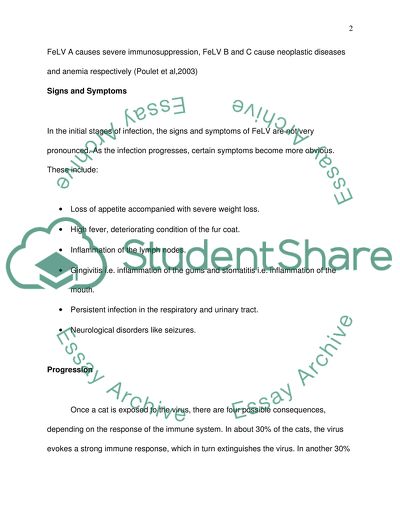Cite this document
(“Immunology Essay Example | Topics and Well Written Essays - 2000 words - 1”, n.d.)
Retrieved de https://studentshare.org/miscellaneous/1547919-immunology
Retrieved de https://studentshare.org/miscellaneous/1547919-immunology
(Immunology Essay Example | Topics and Well Written Essays - 2000 Words - 1)
https://studentshare.org/miscellaneous/1547919-immunology.
https://studentshare.org/miscellaneous/1547919-immunology.
“Immunology Essay Example | Topics and Well Written Essays - 2000 Words - 1”, n.d. https://studentshare.org/miscellaneous/1547919-immunology.


